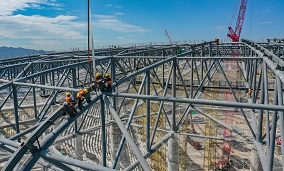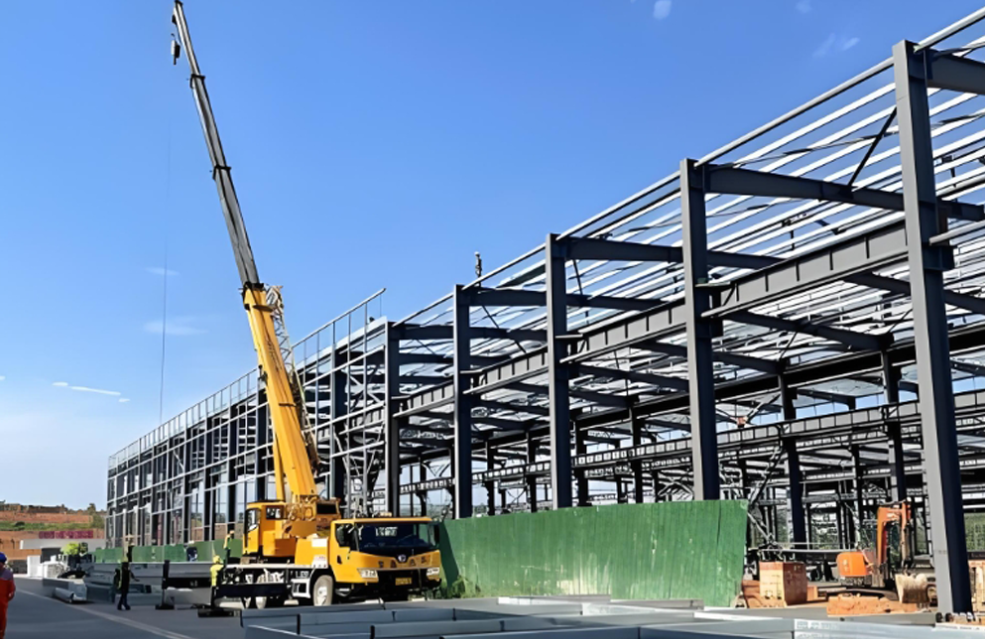Steel Structure Reinforcement Methods

1. Increasing Cross-sectional Reinforcement of Members
- Connection of Reinforcement Bars: Reinforcement bars can be connected via welding or riveting. Reinforcement design must comply with structural requirements.
- Crack Repair and Reinforcement: Surface cracks in rigid structures require immediate repair and reinforcement. Prior to repair, the root cause of cracking (e.g., material defects, cyclic loading, or improper construction) must be identified. Post-repair reinforcement ensures structural integrity.
2. Section Strengthening Method
- Local or Full-length Reinforcement: Reinforce members partially or entirely with steel bars, integrating them into a unified load-bearing system.
- Structural System Optimization:
- Add supplementary supports to redistribute loads and reduce internal forces.
- Introduce forced displacement adjustments for statically indeterminate structures to mitigate stress concentrations.
- Apply pre-stressed cables to enhance load capacity, stiffness, and stability at critical weak points.

3. Connection Technologies
- Joint Types: Use welded joints or friction-type high-strength bolts. Hybrid connections (welding + bolts) are permissible in existing structural bases.
- Quality Control:
- Welding procedures and materials must meet certified standards.
- Address crack damage caused by cyclic loading, material flaws, or construction errors through systematic correction protocols.



